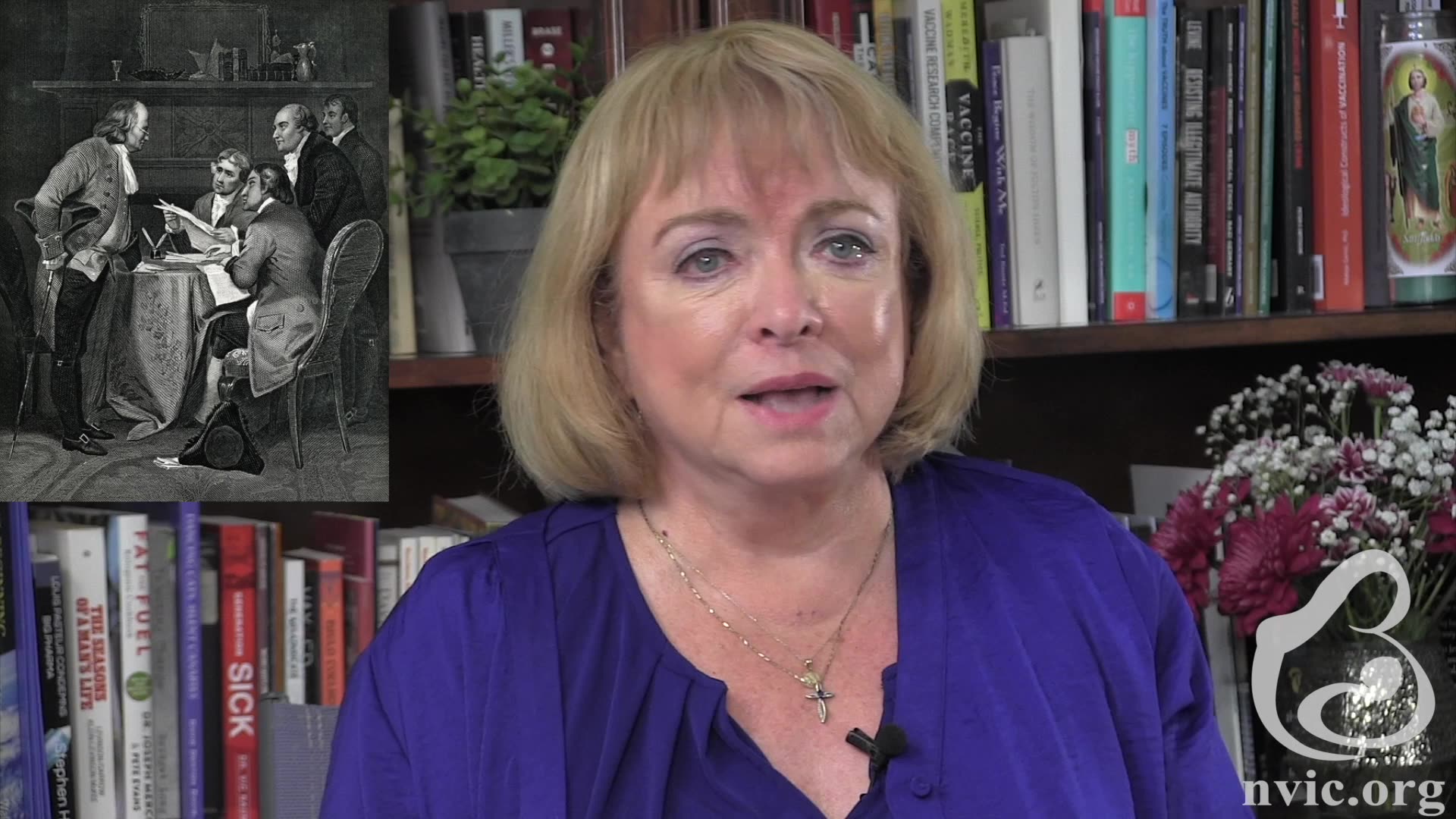In response to the current outbreak of Ebola in the Democratic Republic of the Congo (DRC) which began in August 2018, the World Health Organization (WHO) has declared the outbreak a Public Health Emergency of International Concern (PHEIC). There have been about 2,500 confirmed cases of Ebola in the DRC and at least 1,737 people have died from the disease, also known as Ebola virus disease (EVD) and formerly known as Ebola hemorrhagic fever (EHF).1 2 3 4
The DRC’s Ministry of Health, in partnership with the World Health Organization (WHO) and other aid organizations such as Médecins Sans Frontières, has been giving an experimental Ebola vaccine known as rVSV-ZEBOV (recombinant Vesicular Stomatitis Virus-Zaire Ebola Virus) to people living in the Congo. So far, the rVSV-ZEBOV vaccine, manufactured by Merck & Co., has been administered to 143,000 people.2 5 6
WHO officials say they have 245,000 doses of rVSV-ZEBOV on hand and that they foresee a need for additional supplies of the vaccine. According to news reports, Merck plans to produce approximately 900,000 more doses through the end of next year—about 100,000 of the doses by January 2020.2 6
The rVSV-ZEBOV vaccine is a live attenuated (weakened) vaccine. It consists of a vesicular stomatitis virus (VSV), which the WHO describes as an “animal virus that causes flulike illness in humans” that has been “genetically engineered to contain a protein from the Zaire Ebola virus so that it can provoke an immune response to the Ebola virus.”7
The VSV is grown in a cell culture developed from the Vero cell line that was isolated from kidney epithelial cells extracted from an African green monkey. The cell culture, known as Dulbecco’s minimal essential media (DMEM), is “supplemented with 5% fetal bovine serum (FBS), 1% nonessential amino acids, 1% sodium pyruvate, 1% penicillin/streptomycin (P/S), 0.1% gentamycin and 0.1% amphotericin B.”8 9 10
The rVSV-ZEBOV vaccine has not been licensed for use in the United States, although on Nov. 15, 2018, Merck filed a biologics license application (BLA) for its V920 (rVSV-ZEBOV) vaccine with the U.S. Food and Drug Administration (FDA).11
References:
1 Centers for Disease Control and Prevention. Eastern Democratic Republic of the Congo Outbreak (ongoing). CDC.gov Aug. 1, 2018.
2 Wilson T. Congo health minister resigns amid Ebola outbreak. Financial Times July 22, 2019.
3 News Release. Ebola outbreak in the Democratic Republic of the Congo declared a Public Health Emergency of International Concern. World Health Organization July 17, 2019.
4 WHO. Ebola virus disease. WHO. int May 30, 2019.
5 Cáceres M. Merck’s Ebola Vaccine, A Christmas Gift for the World: Really? The Vaccine Reaction Dec. 27, 2016.
6 Lauerman J. J&J Ebola Shot Languishes, Making Merck Vaccine Only Option. Bloomberg July 21, 2019.
7 WHO. Ebola virus disease. WHO.int Oct. 30, 2018.
8 rVSV-ZEBOV vaccine. Wikipedia.
9 Ammerman NC, Beier-Sexton M, Azad AF. Growth and Maintenance of Vero Cell Lines. Curr Protoc Microbiol November 2008; APPENDIX: Appendix–4E.
10 Bergren NA, Miller MR, Monath TP, Kading RC. Assessment of the ability of V920 recombinant vesicular stomatitis-Zaire ebolavirus vaccine to replicate in relevant arthropod cell cultures and vector species. Hum Vaccin Immunother 2018; 14(4): 994–1002.
11 Press Release. Merck Begins Rolling Submission of Licensure Application for V920 (rVSV∆G-ZEBOV-GP) to U.S. Food and Drug Administration. Merck Nov. 13, 2018.













One Response
What is the reservoir for this virus? What is the vector? Has a thorough epidemiologic investigation been done? If so by whom? Who is it killing? The old, sick, young? Or healthy people in their prime? We know the WHO is a corrupt pharma lapdog, hyping numbers to boost vaccine mfgrs sales. Was Ebola developed in a military research lab and has now real reservoir or vector in the real world?